Introduction to August Flower and Its Significance
August is a month of transition, as summer begins to wind down and the first hints of autumn start to appear. In the world of gardening and floristry, August is a time when a variety of beautiful flowers come into bloom, adding vibrant colors and a touch of beauty to gardens and floral arrangements.
These flowers, often referred to as “August Flowers,” are known for their resilience and ability to thrive in the late summer heat. They bring a sense of joy and celebration to the end of the season, making them a beloved choice for gardeners and flower enthusiasts alike.

The Top 5 Flowers of Summer’s End
1. Sunflowers:
Sunflowers are perhaps the most iconic August flower, with their large, bright yellow blooms that resemble the sun. They symbolize happiness, warmth, and positivity, making them a popular choice for bouquets and garden displays. Sunflowers are relatively easy to grow, requiring full sun and well-drained soil. They can grow quite tall, so it’s important to provide support for their stems as they grow. Regular watering and deadheading will help prolong their blooming period.
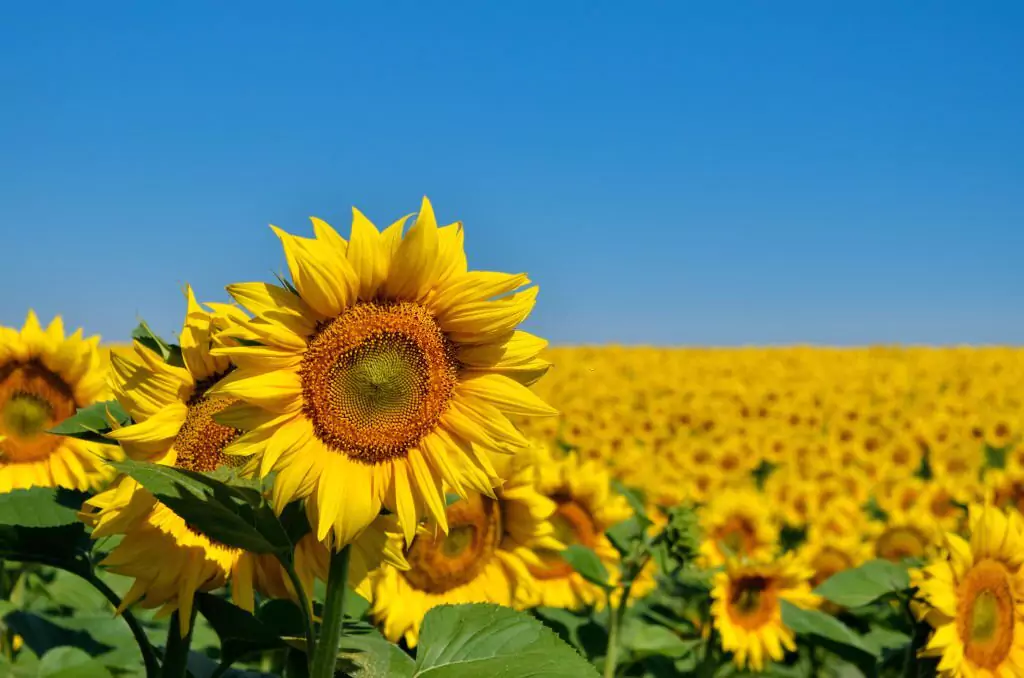
2. Black-Eyed Susans:
Black-Eyed Susans are another popular choice for late summer gardens. These daisy-like flowers feature vibrant yellow or orange petals with a dark brown or black center, giving them their distinctive name. They are known for their ability to attract butterflies and bees, making them a great addition to pollinator gardens. Black-Eyed Susans prefer full sun and well-drained soil. Regular deadheading will encourage continuous blooming throughout the season.
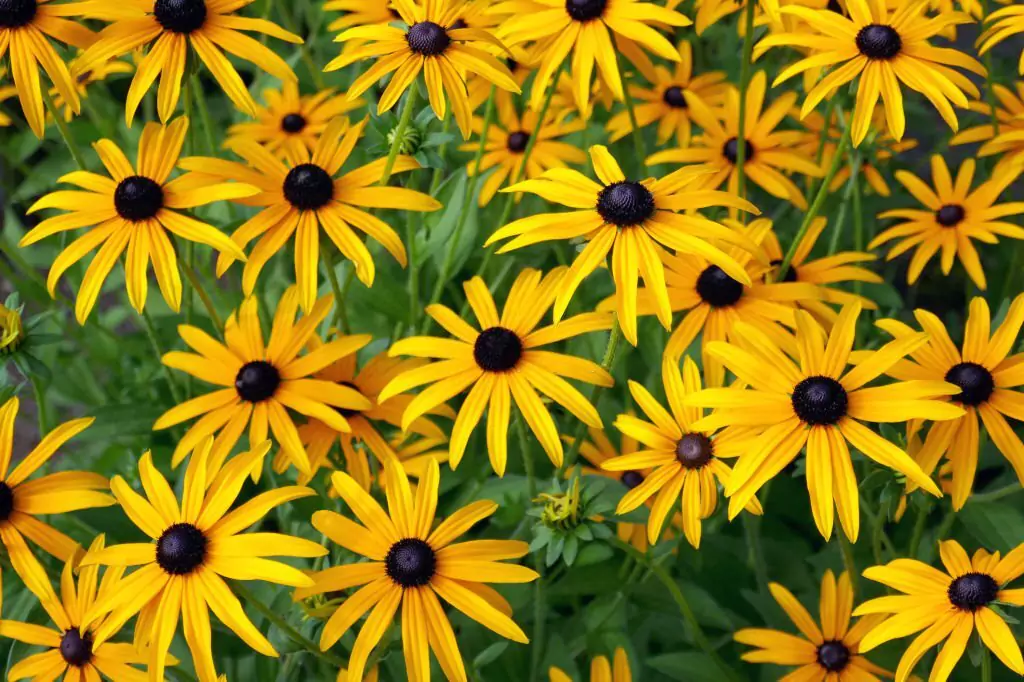
3. Asters:
Asters are a beautiful late summer bloom that come in a variety of colors, including purple, pink, blue, and white. They are known for their daisy-like flowers with a yellow center, which attract butterflies and bees. Asters are relatively low-maintenance and can tolerate a variety of soil conditions. They prefer full sun but can also tolerate partial shade. Regular deadheading and dividing every few years will help keep asters healthy and blooming.
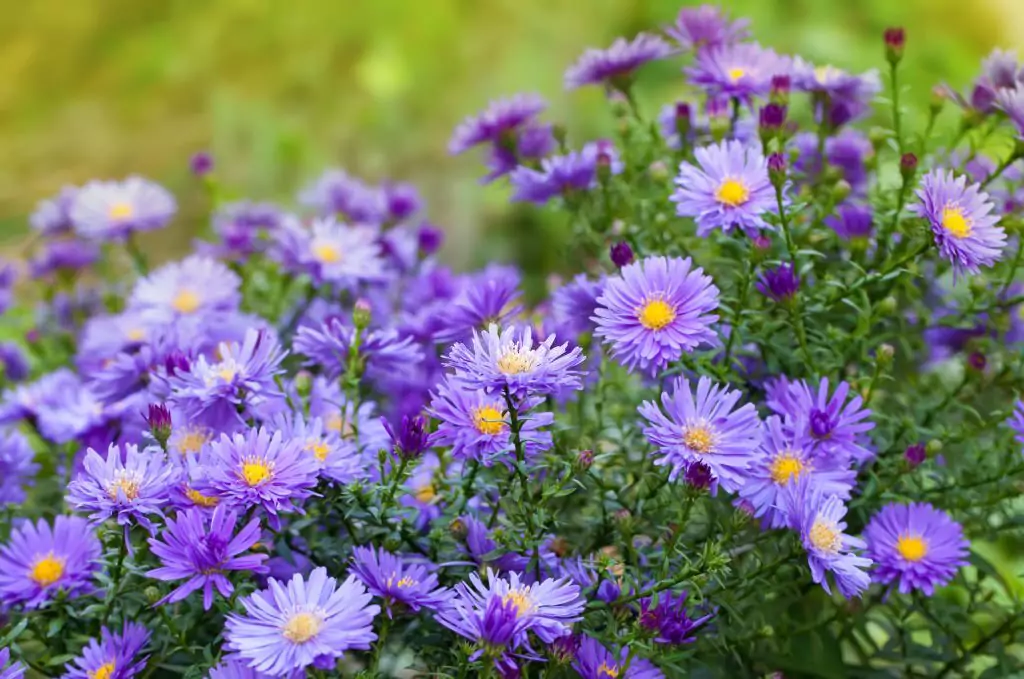
4. Goldenrod:
Goldenrod is a vibrant addition to any garden, with its bright yellow flowers that bloom in late summer and early fall. Contrary to popular belief, goldenrod is not a cause of hay fever, as its pollen is too heavy to be carried by the wind. Goldenrod prefers full sun and well-drained soil. It is a hardy plant that can tolerate drought and poor soil conditions. Regular deadheading will help prolong its blooming period.
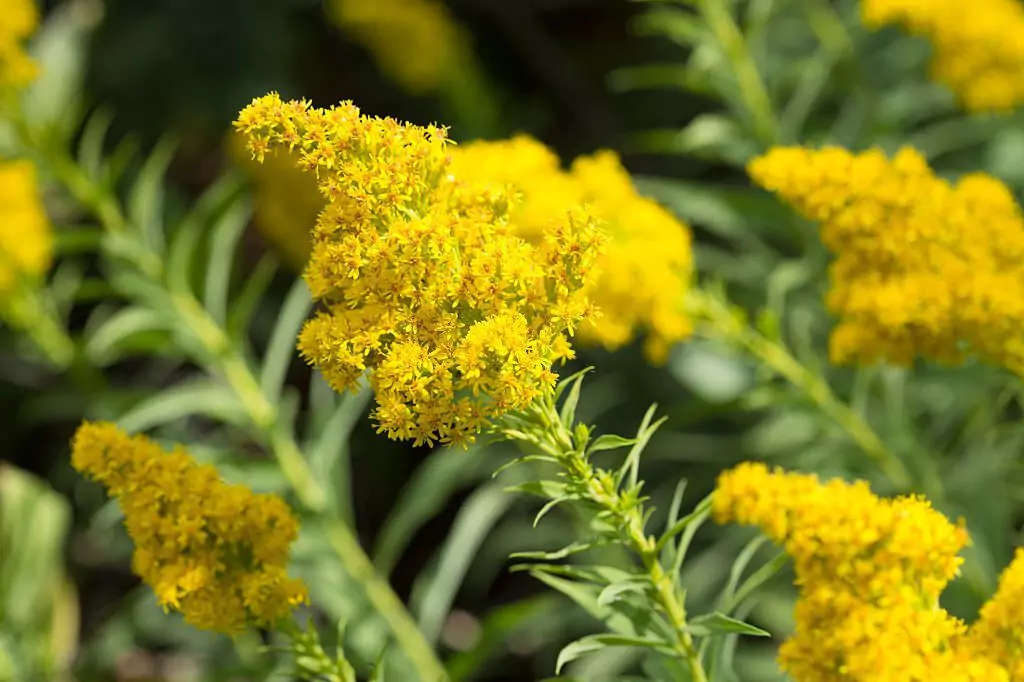
5. Sedum:
Sedum also known as stonecrop is a hardy plant that thrives in late summer and early fall. It is known for its fleshy leaves and clusters of star-shaped flowers that come in a variety of colors, including pink, red, and white. Sedum is a low-maintenance plant that can tolerate a variety of soil conditions, including poor and rocky soil. It prefers full sun but can also tolerate partial shade. Regular watering and well-drained soil will help keep sedum healthy and blooming.
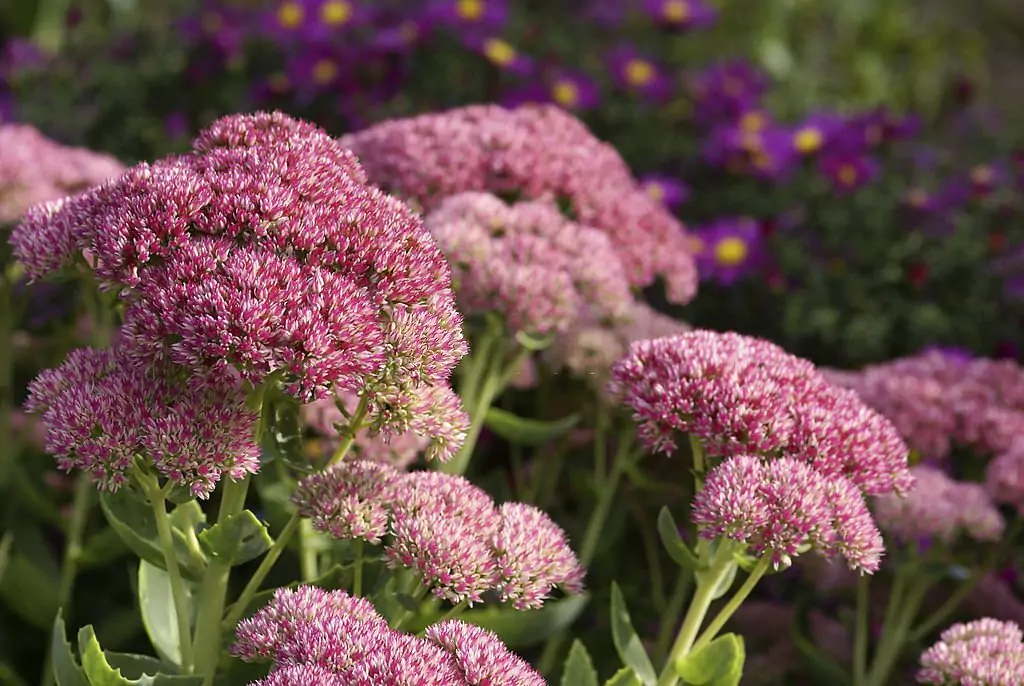
Sunflowers: The Iconic August Flower
Sunflowers are perhaps the most iconic August flower, with their large, bright yellow blooms that resemble the sun. They are known for their tall stems and large, showy flowers that can reach up to 12 inches in diameter. Sunflowers symbolize happiness, warmth, and positivity, making them a popular choice for bouquets and garden displays.
To grow sunflowers, choose a sunny spot in your garden with well-drained soil. Sunflowers prefer full sun and can tolerate a wide range of soil conditions, but they do best in fertile soil that is rich in organic matter. Plant the seeds directly into the ground after the last frost date in your area, spacing them about 6 inches apart. Water the seeds well and keep the soil moist until they germinate.
Once the sunflowers have sprouted, thin them out to about 2 feet apart to give them room to grow. Water the plants regularly, especially during dry spells, and fertilize them every few weeks with a balanced fertilizer. As the sunflowers grow taller, you may need to provide support for their stems to prevent them from toppling over in strong winds.
Black-Eyed Susans: A Burst of Yellow and Orange
Black-Eyed Susans are another popular choice for late summer gardens. These daisy-like flowers feature vibrant yellow or orange petals with a dark brown or black center, giving them their distinctive name. They are known for their ability to attract butterflies and bees, making them a great addition to pollinator gardens.
To grow Black-Eyed Susans, choose a sunny spot in your garden with well-drained soil. They prefer full sun but can also tolerate partial shade. Plant the seeds directly into the ground after the last frost date in your area, spacing them about 12 inches apart. Water the seeds well and keep the soil moist until they germinate.
Once the Black-Eyed Susans have sprouted, thin them out to about 18 inches apart to give them room to grow. Water the plants regularly, especially during dry spells, and fertilize them every few weeks with a balanced fertilizer. Deadhead the flowers regularly to encourage continuous blooming throughout the season.
Asters: The Perfect Late Summer Bloom
Asters are a beautiful late summer bloom that come in a variety of colors, including purple, pink, blue, and white. They are known for their daisy-like flowers with a yellow center, which attract butterflies and bees. Asters are relatively low-maintenance and can tolerate a variety of soil conditions.
To grow asters, choose a sunny spot in your home garden with well-drained soil. They prefer full sun but can also tolerate partial shade. Plant the asters in the spring, spacing them about 12 inches apart. Water the plants well and keep the soil moist until they establish.
Once the asters have established, water them regularly, especially during dry spells. Fertilize them every few weeks with a balanced fertilizer. Deadhead the flowers regularly to encourage continuous blooming throughout the season. Divide the plants every few years to keep them healthy and blooming.
Goldenrod: A Vibrant Addition to Any Garden
Goldenrod is a vibrant addition to any garden, with its bright yellow flowers that bloom in late summer and early fall. Contrary to popular belief, goldenrod is not a cause of hay fever, as its pollen is too heavy to be carried by the wind. Goldenrod prefers full sun and well-drained soil. It is a hardy plant that can tolerate drought and poor soil conditions.
To grow goldenrod, choose a sunny spot in your garden with well-drained soil. Plant the goldenrod in the spring or fall, spacing them about 18 inches apart. Water the plants well and keep the soil moist until they establish.
Once the goldenrod has established, water it regularly, especially during dry spells. Fertilize it every few weeks with a balanced fertilizer. Deadhead the flowers regularly to encourage continuous blooming throughout the season. Divide the plants every few years to keep them healthy and blooming.
Sedum: A Hardy Plant for Late Summer Color
Sedum is a hardy plant that thrives in late summer and early fall. It is known for its fleshy leaves and clusters of star-shaped flowers that come in a variety of colors, including pink, red, and white. Sedum is a low-maintenance plant that can tolerate a variety of soil conditions, including poor and rocky soil.
To grow sedum, choose a sunny spot in your garden with well-drained soil. Plant the sedum in the spring or fall, spacing them about 12 inches apart. Water the plants well and keep the soil moist until they establish.
Once the sedum has established, water it regularly, especially during dry spells. Fertilize it every few weeks with a balanced fertilizer. Deadhead the flowers regularly to encourage continuous blooming throughout the season. Divide the plants every few years to keep them healthy and blooming.
How to Incorporate August Flowers into Your Garden Design
To incorporate August flowers into your garden design, consider the colors and heights of the different flowers. For example, you could create a vibrant display by planting sunflowers in the back of the garden bed, with Black-Eyed Susans and Asters in the middle, and Sedum and Goldenrod in the front. This will create a layered effect and add visual interest to your garden.
You can also mix and match different August flowers in containers or hanging baskets. For example, you could plant a combination of sunflowers, Black-Eyed Susans, and Asters in a large container for a bold and colorful display. Alternatively, you could plant Sedum and Goldenrod in hanging baskets for a cascading effect.
Consider adding other late summer blooms, such as ornamental grasses or late-blooming perennials, to complement your August flowers. This will add texture and variety to your garden design.
Conclusion: Celebrating the Beauty of August Flowers
In conclusion, August flowers bring a burst of color and beauty to gardens and floral arrangements as summer comes to an end. The top 5 August flowers – sunflowers, Black-Eyed Susans, Asters, Goldenrod, and Sedum – each have their own unique features and requirements, but all add a touch of vibrancy and joy to the late summer landscape.
Whether you choose to grow these flowers in your garden or incorporate them into floral arrangements, August flowers are sure to bring a sense of celebration and beauty to any space. So, embrace the beauty of August flowers and enjoy the last days of summer with these stunning blooms.
